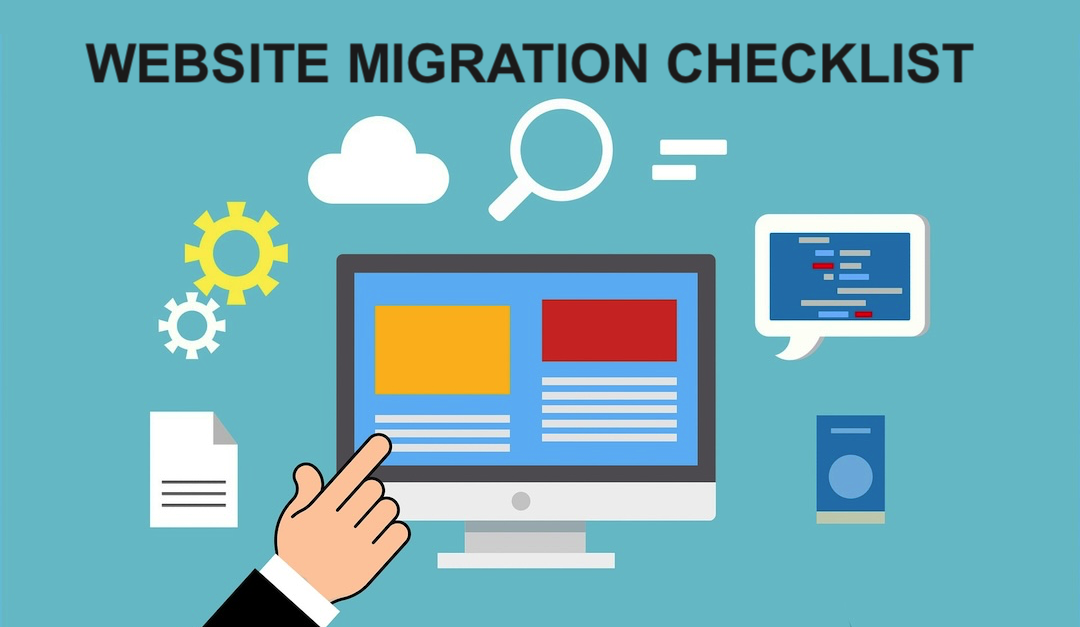
One of the most groundbreaking innovations in social media’s continual evolution is the emergence of ephemeral content. Stories, live streams, and other ‘temporary’ posts of content allow brands to connect with audiences in personal and authentic ways, bearing stark differences to strategies adopted for static content such as feed posts.
Ephemeral content can take many forms, whether it’s solely text, images, videos, or a mixture of all of them. The opportunities for ephemeral content have become apparent, with an estimated 43% of social media users watching stories more than other types of video on Instagram, according to a HubSpot study.
That said, novice marketers may not be fully aware of its capabilities or how to create and dispense the right type of ephemeral content that connects with their brand’s audience in their intended way. On the flip side, some brands utilize this type of content but rarely see it driving results as they expect.
When executed correctly, however, you can make huge strides towards achieving your social media marketing goals, whether that’s engagement, follows, shares, or conversions. It boils down to understanding the principle of ephemeral social media content, its unique quirks, and best practices for effective implementation. This short guide explores this in detail, giving you tips for how to leverage this type of content to stand out in a competitive, crowded social media marketplace.
What is Ephemeral Content?
Let’s first establish what we mean by ephemeral content. It refers to short-lived, ‘temporary’ content that stays live for a set period before disappearing and becoming ‘unviewable’.
Social media platforms like Instagram and Facebook have built-in features, namely Instagram Stories and Facebook Stories, which many are familiar with. Many other platforms like TikTok and Snapchat have incorporated similar features into their interfaces, given the content’s popularity with users.
What Makes Ephemeral Content Special?
Unlike feed posts or static content on an individual or brand’s feed, ephemeral media vanishes after a set period (usually 24 hours) thus creating a sense of urgency and immediacy. Ephemeral content can also refer to live broadcasts or streams that brands and influencers often promote, which are only accessible through these built-in social media tools.
Contrary to popular opinion, brands don’t have to invest in swathes of high-tech equipment to pull off successful, visually enticing Instagram Story campaigns, for example, but it can definitely help. However, to get started on the right foot, understanding what audiences are looking for and how to earn their attention will prove pivotal. Visual effects and quality are secondary to what you say and how you say it in these stories and live feeds, which, collectively, can help your brand stand out from the competition.
As a whole, the presence of ephemeral content speaks volumes, with consumers increasingly favoring raw, authentic interactions rather than ‘polished’, highly-edited content in social media feeds.
Benefits of Ephemeral Content for Brands
When executed and strategized correctly, ephemeral social media posts and stories offer several key advantages for brands. One-third of the estimated 500 million people using Instagram stories are posted by businesses, so there is clearly potential despite the high levels of competition.
Whether looking to boost engagement, build stronger relationships, grow audience bases, or achieve any other marketing goal, ephemeral content can be instrumental in helping brands reach and surpass them.
Here are just some of the advantages of using this content strategically:
Fostering Interactivity
- Unlike grid or feed posts on social media platforms, stories, and live videos feature real-time comments, questions, and engagement.
- Brands can use plenty of built-in elements like polls, sliders, Q&A boxes, and more in stories to create an interactive experience with followers.
- Live videos offer a seamless way for followers to interact with and get an inside look at a brand or influencer promoting a third-party brand’s product.
Driving Urgency
- With stories and live videos only viewable for a short window (usually 24 hours or less), audiences are usually compelled to tune in for ‘fear of missing out’.
- Some influencers and brands often build anticipation ahead of ‘must-see’ stories or live videos, usually in the form of perks or competitions for audiences to enter. As this particular market has boomed in recent years, brands are capitalizing on this trend.
- Temporary content reinforces the urgency of time-sensitive campaigns like sales or special events, creating anticipation at the same time.
Enhancing Authenticity
- Depending on the type of promotion or message, brands can bridge gaps between themselves and their followers with raw, ‘in the moment’ content, signaling transparency.
- Followers often engage highly with posts that offer a ‘behind-the-scenes’ glimpse into the company culture and employee personalities, creating a valuable human connection.
Best Practices for Implementation
An effective ephemeral content strategy is never universal; there’s no one-size-fits-all approach. However, deploying the right type of media effectively relies on embracing a few essential practices, whether you’re representing a B2C, B2B, or C2C brand.
For starters, diversify your content portfolio. Alternate between creating stories with Q&As and polls and launching live videos of activities like sales expos, showroom visits, or conferences. This will prevent fatigue and promote the variety of content you have on offer. By all means, use the interactive features built into your chosen platform to maximize engagement, but don’t go overboard. Identify a handful of features that work well for your brand and that your audience is likely to respond to.
Remember that social media followers enjoy seeing authentic content as it brings them closer to the brands they are interested in. Offer subtle glimpses into your activities like daily routines, events, office culture, and team, without diluting your message.
You can build anticipation into your ephemeral live streams via your feed posts and other, smaller stories with countdown for facebook as a way to create urgency and awareness for product launches or share-worthy news. For high-value stories worth resharing, download and reuse them, embedding them into your Highlights section on Instagram, for example, so followers who may have missed the live stream have a chance to digest what they missed.
Social media influencers often embed product or service promotions naturally into the type of content (static or ephemeral) that earns them large engagement and shares, often in the form of discount codes. This has proven to be an effective way of enhancing brand awareness. So if this is one of your goals, consider influencer partnerships to draw more eyes on your brand.
Fundamentally, as with any social media advertising campaign, analyze your performance data meticulously. Review the insights that matter most, such as completion rates, responses, engagement rates, and click-through-rates. Compare your ephemeral content with your feed posts, and drill down into the granular data to refine your campaigns going forward. Assess your top-performing content and responder demographics to see which is likeliest to drive results in the future.
Ephemeral and Static Content: Better Together
Some social media marketing professionals reading this may wonder whether it’s worth creating and delivering feed posts with ephemeral content as popular and diverse as it is.
If you are to take anything away from this guide, it’s that ephemeral content doesn’t have to directly replace static social media posts. In fact, stories and live videos invariably work better by having static content to feed off.
The two formats complement each other and should not detract from the overall brand message or identity you are trying to create. By interweaving ephemeral stories and advertisements with the right amount of static posts, your social media strategy can reap the benefits of improved visibility and engagement.
It’s not a case of choosing one over the other, but rather, ensuring your static feed is active and you care about your audience by providing them with temporary updates. Naturally, there is a fine line between feeding your audience sufficient amounts of marketing material from your brand and overexposing your brand, it’s just a case of striking the right balance.
Conclusion
Social media advertising remains a highly effective brand awareness and conversion driver for brands looking to expand and sell more products. It’s clear that ephemeral content has firmly established itself as a key tool in helping brands achieve those goals, so brands must embrace this format to avoid being lost in the shuffle.
While static social media posts may have taken a backseat in recent years, the emergence of ephemeral content represents an opportunity rather than an ultimatum. Executing the ideal amount of ephemeral posts with static posts can be the optimization tactic that your campaigns have long needed to set your brand apart from the crowd. View ephemeral content as an asset, rather than a danger.
Share this post
Leave a comment
All comments are moderated. Spammy and bot submitted comments are deleted. Please submit the comments that are helpful to others, and we'll approve your comments. A comment that includes outbound link will only be approved if the content is relevant to the topic, and has some value to our readers.



Comments (0)
No comment